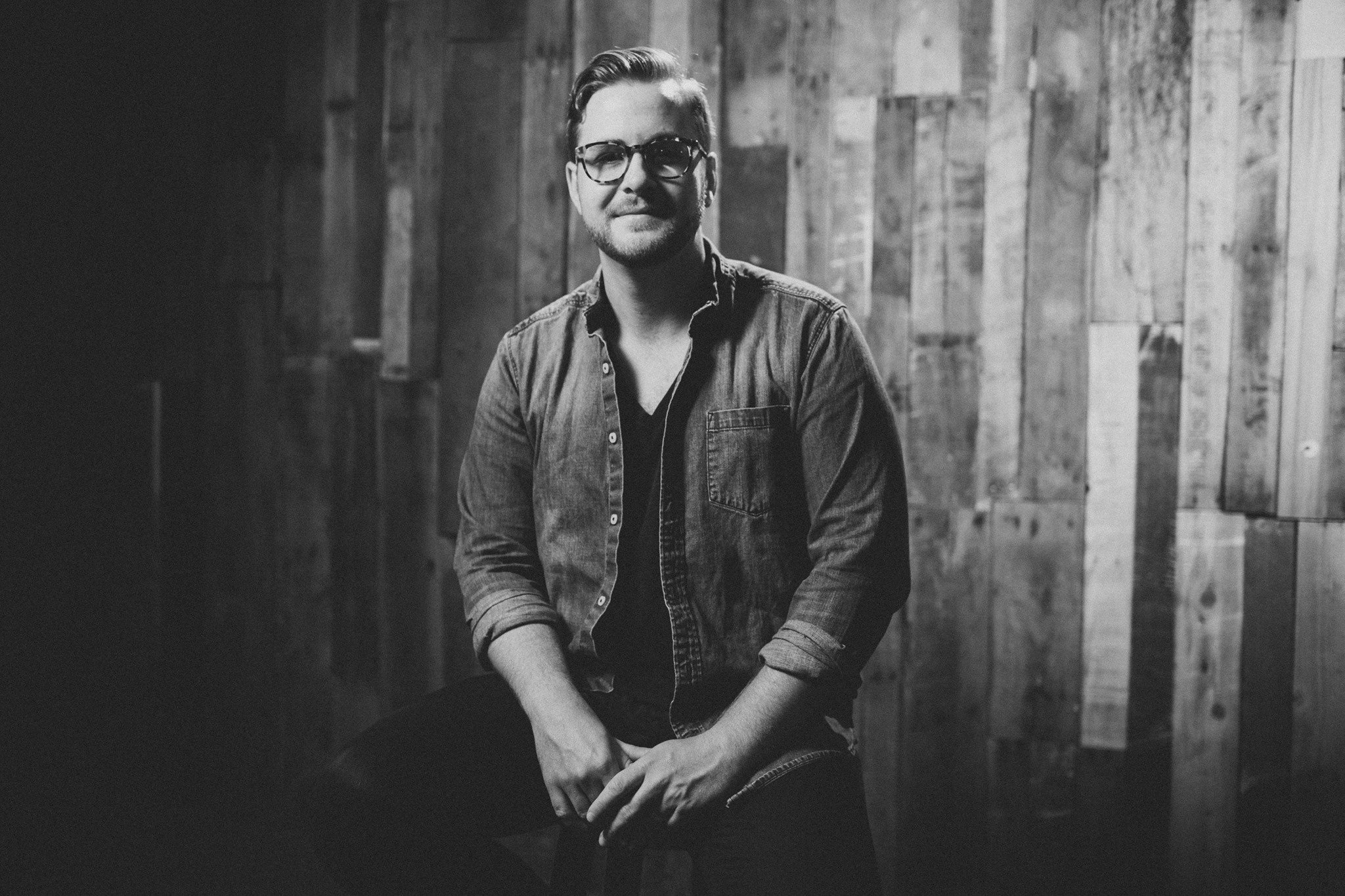You’ve got an idea of what refrain in music is, but it’s still a bit fuzzy.
If you’re new to songwriting, you’ll quickly find out the whole process can be downright puzzling.
There are countless different methods to making catchy originals, each with its own confusing roadmap.
Even with conventional song structures, there’s a litany of jargon to wade through: verses, choruses, bridges, pre-chorus, and the list goes on and on.
One of the more confusing musical terms you’ve probably come across is “refrain”.
The term itself is loaded with confusion. This is mostly due to refrain having its roots not just in music— but in poetry and literature as well.
Also, aren’t refrains just choruses? What’s the difference?
Confusing as they may be, refrains are actually quite simple, and can be your best friend when it comes to writing your next hit!
Refrains give your audience a memorable takeaway and give you a way to direct the meaning of your song into one consolidated place.
So, let’s dive into refrains and how to use them in your music!
What are Refrains?
Refrains can be fairly easy to understand in terms of their usage when we look at their origins.
The word “refrain” itself comes from the French “refraindre”. This old French term just means “to repeat”, and that’s exactly what a refrain does!
A refrain is a repeating line or verse used throughout a song, often with an accompanying melody particular to that line/verse.
Refrains are used a few different ways in music.
One of the most common examples is the use of a refrain (more commonly known as a chorus) in pop music.
We can see this in Adele’s “When We Were Young”, where the chorus (“Let me photograph you in this light…”) is repeated in between the verses.
This modern usage can be accentuated by other additional structural features, such as with a repeating pre-chorus.
Refrains can also be used more conservatively, as seen with strophic form.
Strophic (in Greek meaning “turn”) form is admittedly a slightly outdated model of music, though it is still employed on occasion.
The general idea is that a verse is repeated, usually three times, with a single repeated line (the refrain) capping the end of each verse.
An excellent example is Bob Dylan’s “Blowing in the Wind”, where each verse ends with the short phrase, “The answer is blowing in the wind”.

Why are Refrains Used in Music?
Though it can be helpful to know you’re given artistic permission by every other songwriter in history to repeat a particular verse or line in your music, you might still ask yourself why you would want to do that?
To be fair, there’s no real reason to repeat anything in your music.
You could have a unique chord progression, rhyme scheme, and set of lyrics for each section of your song if you like.
However, there is a pretty good reason why many successful musicians use refrains in their music.
1. Refrains makes the song a lot catchier, and this really boils down to the song being memorable or not.
There’s no way to guarantee how catchy a melody will be.
However, you can definitely up your chances of a particular song getting stuck in someone’s head by having a certain section from that song repeat two or three times.
2. Refrains highlight the message of your song.
From a lyrical standpoint, a refrain is a great way to boil your song down to one takeaway idea.
Having each of your verses act as a form of context for any big, bold, or personal statements you want to make in your chorus can help give a great amount of impact to the music you’re writing.
Refrain vs. Chorus – What’s the Difference?
Is there really a difference between refrain and chorus?
In a certain sense, no, there isn’t a difference between a refrain and a chorus. Especially with how refrains are used nowadays, the two musical terms are virtually indistinguishable.
However, as we talked about earlier, refrains have a little bit of history to them.
While nowadays we use refrains interchangeably with choruses, refrains use to signify a singular line as opposed to an entire verse.
How To Use a Refrain in Your Music
The best place to start when trying to incorporate this musical tool is by writing a melody and rhythm for your refrain that feels melodically comfortable and catchy.
There’s really no wrong answer with this step; it’s entirely your choice how you want to accomplish this.
Also, if this part of the task itself has you drawing a blank, don’t be afraid to look to some of your favorite musicians for inspiration.
One of my favorite examples of a super catchy, comfortable, and rhythmically interesting refrain is in Taylor Swift’s “Anti-Hero” (“It’s me, hi, I’m the problem, it’s me”).
Once you’ve got a good melody and rhythm for your refrain, it’s time to focus on the lyrical subject matter.
Like we talked about earlier, a refrain is an excellent opportunity to distill your song down into one powerful idea.
Going back to our earlier example, “Anti-Hero”, Swift focuses on acknowledging how she can be a destructive element in her own personal life, and how hard that can be on the people she loves.
It’s a poignant idea that she highlights with some poetic phrasing, but it gives value and meaning to the rest of the song.
In that same spirit, look at your own song.
What are you trying to say? What message do you want to get across?
Are you speaking to another person? Yourself? The world?
These questions can help guide you to the thesis statement of your song. From there, start writing your refrain!
If you’re interested in more tips on how to write a refrain, make sure to check out my free How to Write a Song ebook.
I cover some more essential steps to structuring your music if you’re looking for new songwriting inspiration.


